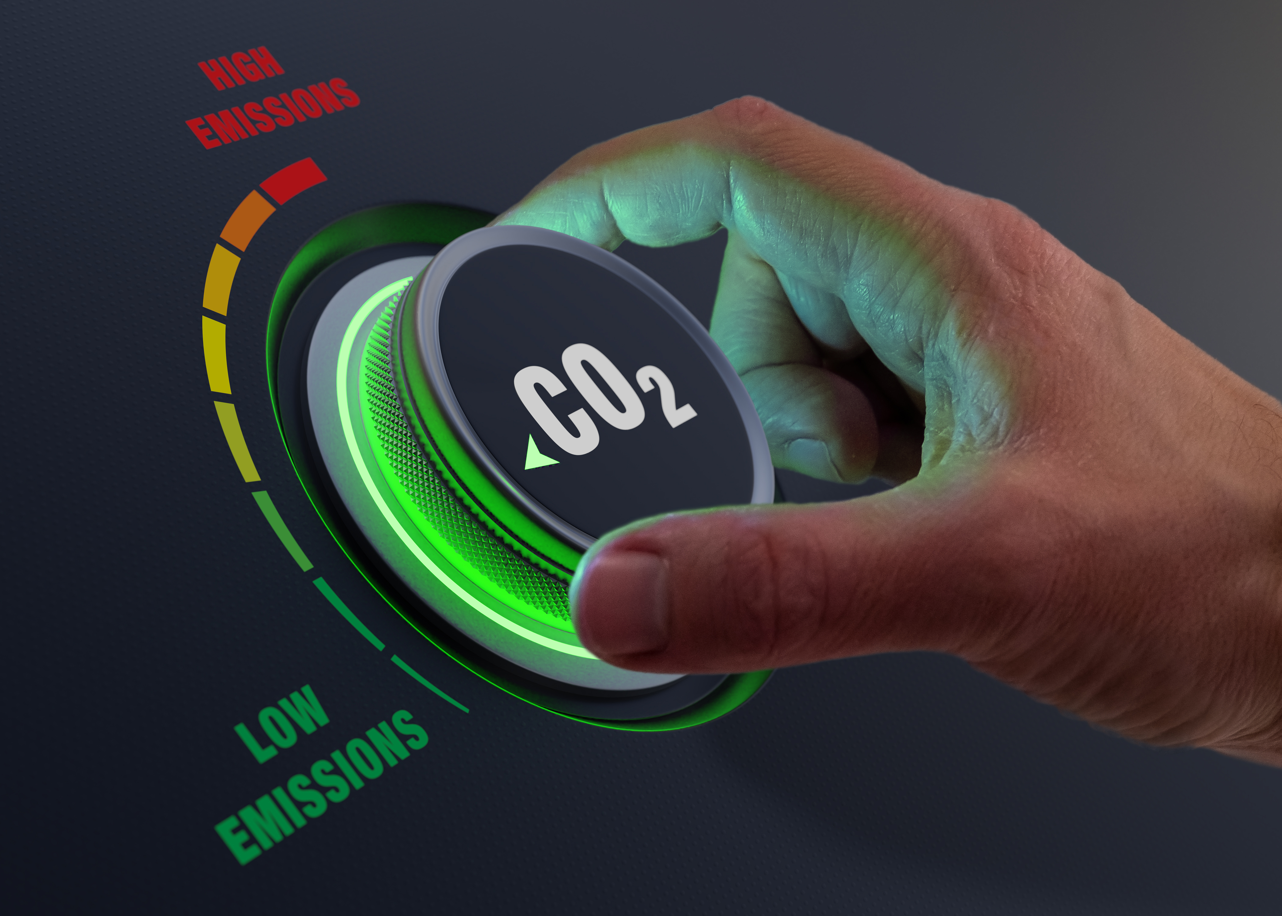In a letter to the state clima te commission, BGE calls the full-electrification approach to meet Maryland’s climate goals unaffordable and implausible.
te commission, BGE calls the full-electrification approach to meet Maryland’s climate goals unaffordable and implausible.
The letter cites a new study conducted by E3 (Energy and Environmental Economics), who worked as the state’s lead climate consultant until last year. The study determined that a full-electrification approach would triple peak electric demand. This level of peak load growth would require the construction of 250 new or expanded substations and more than double electric feeders in BGE’s service territory. The report also notes that increasing challenges of siting and permitting new infrastructure in Central Maryland’s heavily developed region would further complicate this expansion.
The study found multiple viable paths to decarbonize the economy within the BGE service territory. Pathways that leverage the combined capabilities of electric and gas delivery systems – known as Integrated Energy System pathways – can achieve Maryland’s climate goals at lower costs, present more reliability for consumers, provide greater resiliency and involve construction requirements that are more achievable.
An integrated Energy System transition would include an increasingly clean electricity generation mix, significant levels of building electrification and transitioning the natural gas distribution network to deliver cleaner fuels to hard-to-retrofit buildings and use types. The study estimates an integrated approach would result in incremental costs of $38 billion. That would be 30% less than the all-electric pathway costs, which are estimated to be $52 billion.
The age and physical characteristics of residential buildings in BGE’s service territory vary. Retrofits of older buildings within the City of Baltimore and in pre-1980 suburbs increase the complexity of electrification both from technical and economic perspectives. In scenarios evaluated in the study, as many as 28% of these structures would be served by hybrid gas/electric heating systems to lower consumer costs during the coldest hours of the year when heating demand is highest and electric heating systems are less efficient. Each of the scenarios studied assumes new construction will be all-electric beginning in 2027.
The report’s statements on the technical complexities and higher incremental costs of commercial retrofits confirm findings in other studies conducted by E3 and other reputable organizations. Commercial buildings in the BGE service territory tend to be heated via gas-fired boilers that would require extensive retrofit to accommodate variable refrigerant flow systems.
The key takeaway of the report, however, is the amount of clean energy generation and infrastructure expansion that would be necessary to follow a high-electrification pathway to the decarbonization of buildings and cars. Tripling of peak load, doubling the feeder system and building 250 new substations would present major cost and feasibility obstacles to an energy transition.